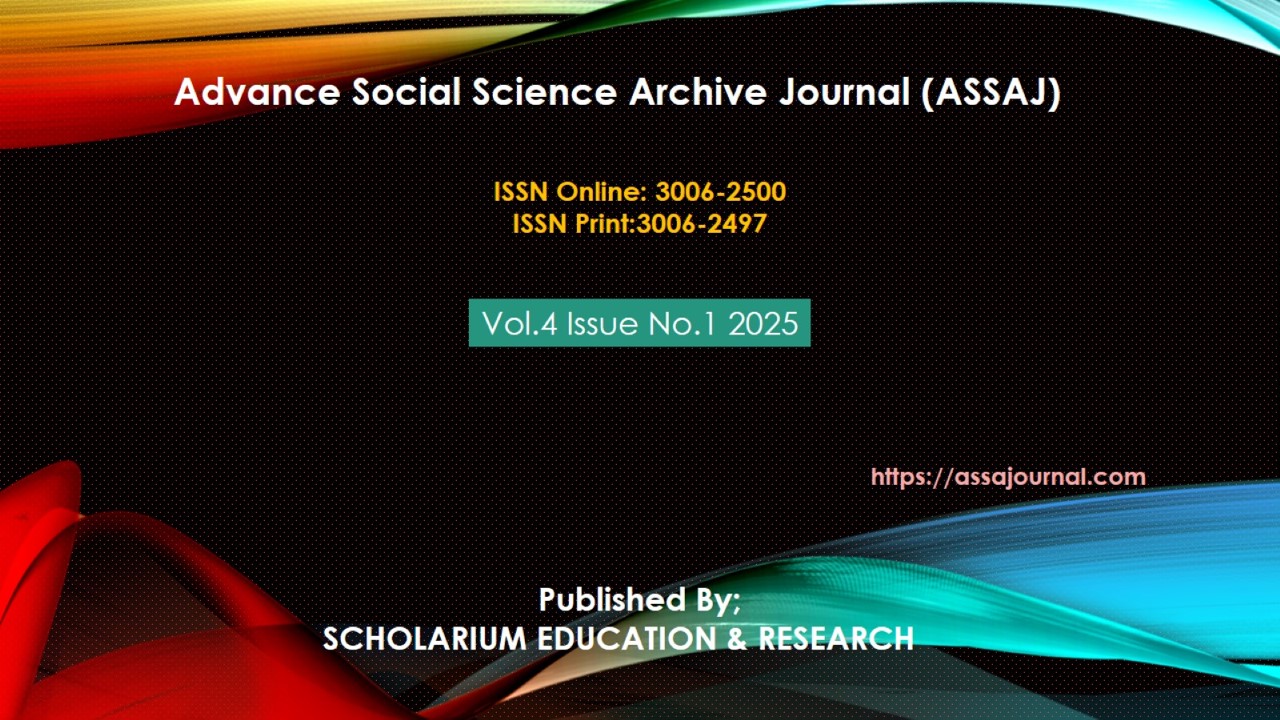Comparing Forecasting Performance of ARFIMA and HAR-RV Models for Realized Variances Using Meteorological Data
Abstract
This study addresses the complex task of modelling and forecasting the realized variances of wind data, with a specific focus on realized volatility across six key atmospheric parameters: wind speed at 30 meters, wind speed at 80 meters, temperature, wind direction, relative humidity, and pressure. Motivated by the global transition toward renewable energy and the need for accurate forecasting tools, this research aims to estimate and to compare the performances of the Heterogeneous Autoregressive (HAR) and Autoregressive Fractionally Integrated Moving Average (ARFIMA) models through in-sample evaluation metrics and to assess the forecasting accuracy of these models through out-of-sample performance. Exploratory analysis revealed long memory behaviour, justifying the use of HAR-RV and ARFIMA models, which were applied to a realized variance series constructed from 2019–2024 data sets. Stationarity and volatility tests confirmed the suitability of both models, with optimal lag structures determined via AIC, BIC, HQC, and log-likelihood values. Forecasts were generated using a rolling window technique and the adequacy of these forecasts was evaluated on standard error metrics such as MSE, RMSE, and MAE. The results showed the superior forecasting capability of the HAR-RV model over the contrasting ARFIMA model. A final 72-hour ahead forecast reinforced HAR-RV's robustness and predictive strength. These findings suggest that HAR-RV modelling is more effective in capturing the dynamics of realized variances, offering valuable insights for operational forecasting and renewable energy integration.
Keywords: Comparing Forecasting Performance, Realized Variances, HAR-RV, ARFIMA, Wind Speed, Wind Direction, Temperature, Pressure, Relative Humidity





